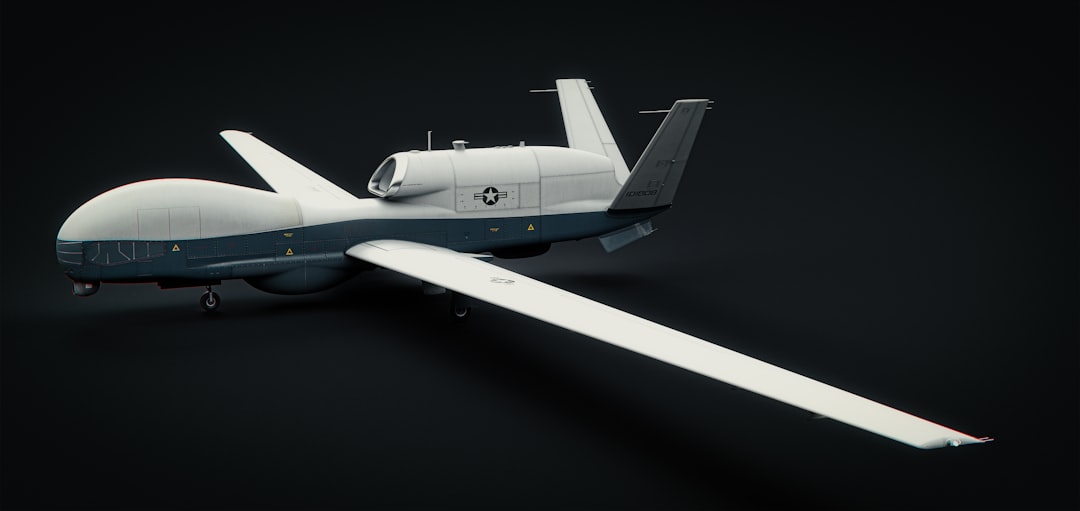
Drone Surveillance Technology Revolutionizes Site Monitoring and Informatics Capabilities
In an era defined by rapid technological advancements, drone surveillance technology has emerged as a game-changer in site monitoring and informatics. This innovative technology is not only reshaping how industries conduct surveillance but is also enhancing data collection and analysis capabilities. The integration of drones into various sectors is setting a new standard for efficiency, safety, and accuracy.
Understanding Drone Surveillance Technology
Drone surveillance technology involves the use of unmanned aerial vehicles (UAVs) equipped with high-definition cameras and sensors to monitor and collect data from various locations. These drones can operate autonomously or be piloted remotely, providing real-time aerial footage and comprehensive insights into site conditions.
Key Features of Drone Surveillance Technology
- High-Resolution Imaging: Drones can capture detailed images and videos, allowing for precise monitoring of sites.
- Advanced Sensors: Many drones are fitted with thermal imaging, LiDAR, and multispectral sensors, enabling the collection of diverse data types.
- Real-Time Data Transmission: Drones facilitate immediate data sharing, making it easier for teams to make informed decisions quickly.
- Cost-Effectiveness: Utilizing drones for surveillance reduces labor costs and minimizes risks associated with human oversight.
Current Developments in Drone Surveillance
As drone technology evolves, several advancements are enhancing its application in site monitoring. Notable developments include:
1. Integration with Artificial Intelligence (AI)
AI algorithms are being integrated into drone systems to improve data analysis capabilities. By employing machine learning techniques, drones can autonomously identify anomalies, assess risks, and generate actionable insights. This integration allows for more efficient data processing and enhances decision-making processes.
2. Regulatory Improvements
Governments are increasingly recognizing the potential of drone technology, leading to clearer regulations that promote safe and responsible drone use. These regulations are essential for industries such as construction, agriculture, and environmental monitoring, where aerial data collection is becoming commonplace.
3. Enhanced Battery Life and Range
Recent innovations in battery technology are extending the flight time and operational range of drones. This advancement allows for longer surveillance missions and the ability to cover larger areas without the need for frequent recharging.
Practical Applications of Drone Surveillance
Drone surveillance technology is being adopted across various sectors, demonstrating its versatility and effectiveness in site monitoring.
Construction
In the construction industry, drones are being utilized for site inspections, progress monitoring, and asset tracking. By providing a bird’s-eye view of construction sites, drones help project managers identify potential issues early, optimize workflows, and enhance safety protocols.
Agriculture
Farmers are increasingly relying on drones for precision agriculture. Drones equipped with multispectral sensors can monitor crop health, assess soil conditions, and even optimize irrigation systems. This data-driven approach leads to improved yields and resource management.
Environmental Monitoring
Drones are playing a crucial role in environmental conservation efforts. They are used to monitor wildlife populations, assess deforestation, and track changes in ecosystems. This information is vital for researchers and conservationists aiming to protect natural habitats.
Emergency Response
In disaster-stricken areas, drones provide invaluable support for search and rescue operations. Their ability to access hard-to-reach locations and deliver real-time footage enables first responders to make informed decisions swiftly.
Expert Opinions on Drone Surveillance Technology
According to Dr. Jane Smith, an expert in UAV technology, “The evolution of drone surveillance technology is not just about efficiency; it’s about enhancing our ability to make informed decisions. The data collected can lead to better outcomes across various sectors.”
Future Trends in Drone Surveillance Technology
Looking ahead, we can anticipate several trends that will further enhance the capabilities of drone surveillance technology:
- Increased Automation: As AI continues to advance, drones will become more autonomous, requiring minimal human intervention during operations.
- Improved Data Security: With the increase in data collection, ensuring the security of sensitive information will be paramount, leading to advancements in encryption and data protection measures.
- Broader Industry Adoption: As costs decrease and technology improves, more industries will explore the benefits of drone surveillance, leading to widespread adoption.
Conclusion
Drone surveillance technology is revolutionizing site monitoring and informatics capabilities, offering unprecedented efficiency and insight across various industries. As advancements continue to unfold, the potential for drones in data collection and analysis will only grow, paving the way for smarter decision-making and enhanced operational effectiveness.
For those interested in delving deeper into drone technology, consider exploring resources such as NASA’s UAS Operations, which provides insights into unmanned aerial systems, or DroneDeploy, a platform that offers tools for drone mapping and data analysis.
If you found this article insightful, consider sharing it with your network or subscribing to our newsletter for more updates on technology trends and innovations. Your engagement helps foster a community of informed readers eager to explore the future of technology together!


